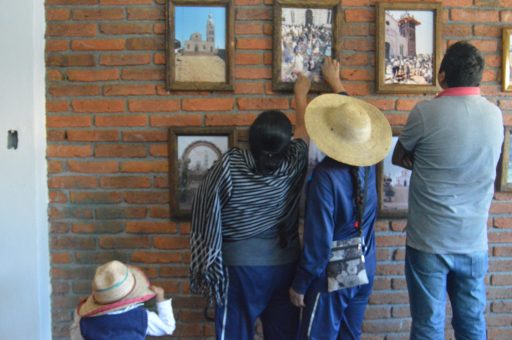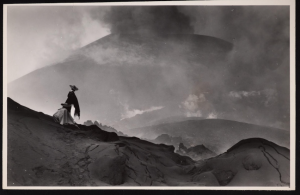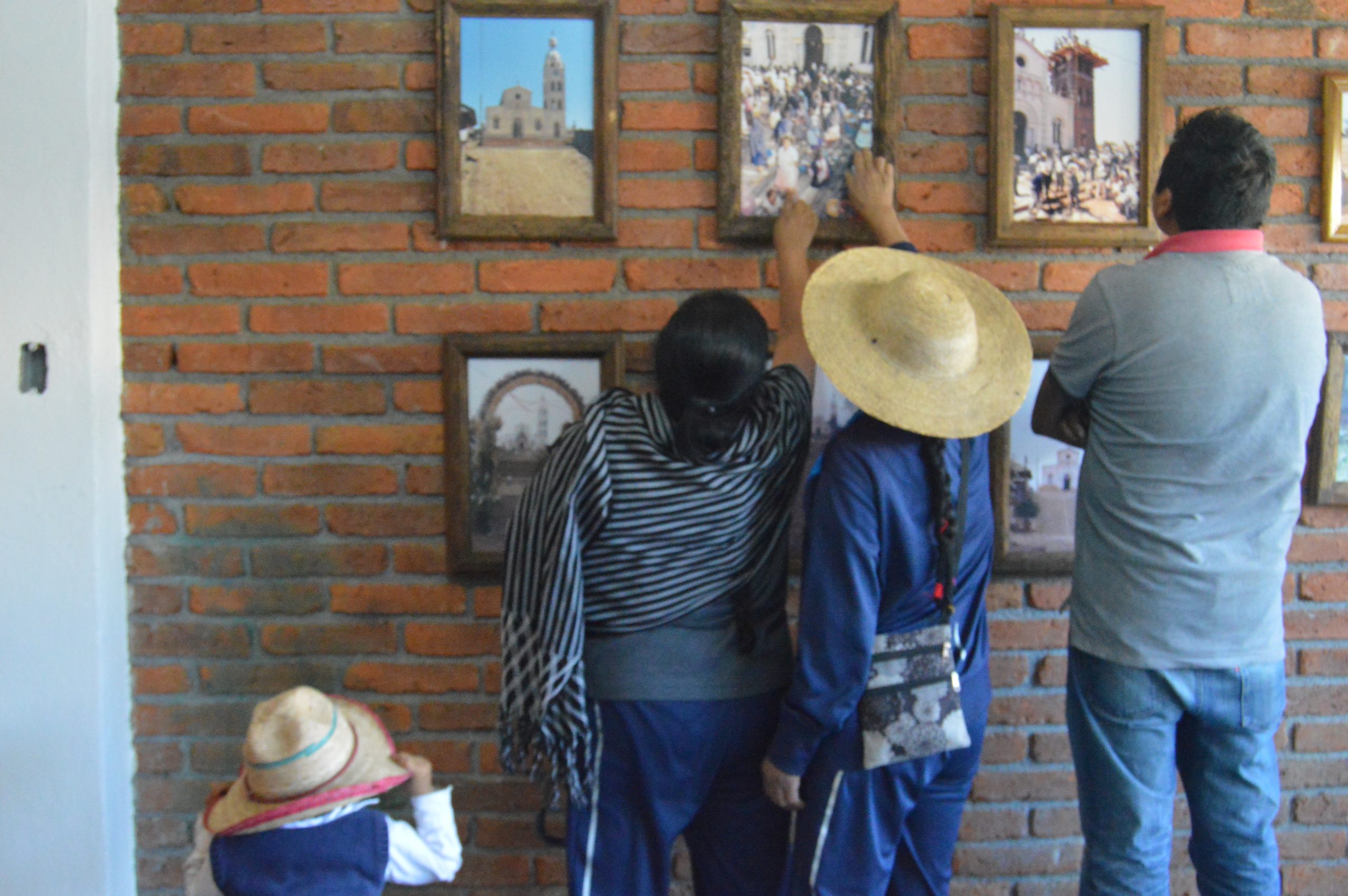
Location
Meseta Purhépecha region, Michoacán, México

Synopsis and Position
Based on current research on local visual archives in indigenous Purhépecha communities of Michoacán, this project proposes to organise and mount three photographic exhibitions in the region.
The exhibitions, planned in close collaboration with local photographers and cultural promoters, build on contemporary initiatives that delve into visual archives and seek to actualize them through ingenious forms of public circulation.
Objectives and Methods
Together, these three exhibits seek to nourish ongoing efforts to restore community memory following historical processes of territorial,cultural and economic dispossession provoked by natural disasters, as well as by the Mexican state and by increasing drug related violence in the region.
Main research methods include interviews, participant observation and collaborative curatorial activities, photographic exhibits and archive preservation workshops.
Workshops and Events
Three photographic exhibits in November 2022, June 2022 and August 2022, in communities of the Purhépecha Meseta and Sierra. One of them will itinerate around the region.
Three workshops on archive preservation and one on curatorial activity, dates to be defined.
Activities
The first exhibition (Nov-dec 2022) is based on historical photographs that Purhépecha photographer Prisciliano Diego has collected from local families in an attempt, in his words, to “document our history from our own ways of looking.”
The second one (May-July 2023) brings together a selection of studio portraits and landscape photography by 10 contemporary Indigenous photographers working in the region and with whom we have previously collaborated.
The third exhibition (August 2023) proposes a conversation between scientific, anthropological and local photographic and documentary archives on the Paricutin volcano’s emergence in 1943 and its current territorial and social aftermaths.
Photo captions from the left clockwise: Photographer Lucía Mercado. San Felipe de los Herreros, Michoacán. February 2016. ©Gabriela Zamorano; Photographic exhibit by Prisciliano Diego, Pamatácuaro, Los Reyes, Michoacán, México. April 2017. ©Gabriela Zamorano; Photographer Prisciliano Diego showing archive materials September 2016. Photo: ©Gabriela Zamorano; Videographer Abel Fabian (deceased) and his film archive materials. April 2013.
Digitization of Valente Soto Bravo Audiovisual Collection
In 2024 IF awarded the project further funding to complete this vital additional research.
Valente Soto Bravo has been recognized as one of Mexico’s and Latin America’s pioneer Indigenous film and media makers. His films screened in film festivals worldwide, winning international awards and recognition. In addition to his films, rough cuts, and raw footage, his archive is made up of materials that Valente and his widow and fellow filmmaker, Dionisia Rita, collected and programmed in the region during community screenings and regional Indigenous rights meetings. These materials offer invaluable documentation of local history, as well as of Indigenous rights activism in the region during the 1990s and early 2000s. Since his death in 2000, Dionisia Rita, as well as his children, had been caring for the archive in their home as best they could, but lacked the time, funds, and technology to digitize and preserve it for the future. Seeing our work and the exhibitions that we organized as part of our project, they asked us to design a project to preserve the archive, classify its contents, and begin digitization.
Main Achievements and Outcomes:
-
- Digitization of 326 videotapes, the original format for most of them was VHS although there were a few hi-8 tapes. Most videotapes contain rough footage recorded by Valente, and some others are edited documentaries he produced. Valente collected other videotapes according to his own interests, mostly related to indigenous video production from other regions of Mexico and Latin America, as well as events related to Indigenous rights activism including video materials about the Zapatista movement in Mexico.
-
- The materials were copied in four different hard drives. Two of them contain all materials in high quality versions, and two of them include the full collection in smaller resolution to facilitate accessibility. One full copy was left with the family, and we are keeping the three other copies in different locations while we discuss with Dionisia Rita the possibilities for long-term institutional safeguard and accessibility.
-
- A detailed inventory of all digitized materials, including comments of their damage status, duplicates, contents and, when possible, family observations. A hard copy and a digital version were left with Dionisia Rita and her family.
-
- Audio record of an interview with Dionisia Rita about the archive and several clips with audio and video recordings of her comments while viewing the materials.
-
- Photographic and video documentation of the digitization process

